-
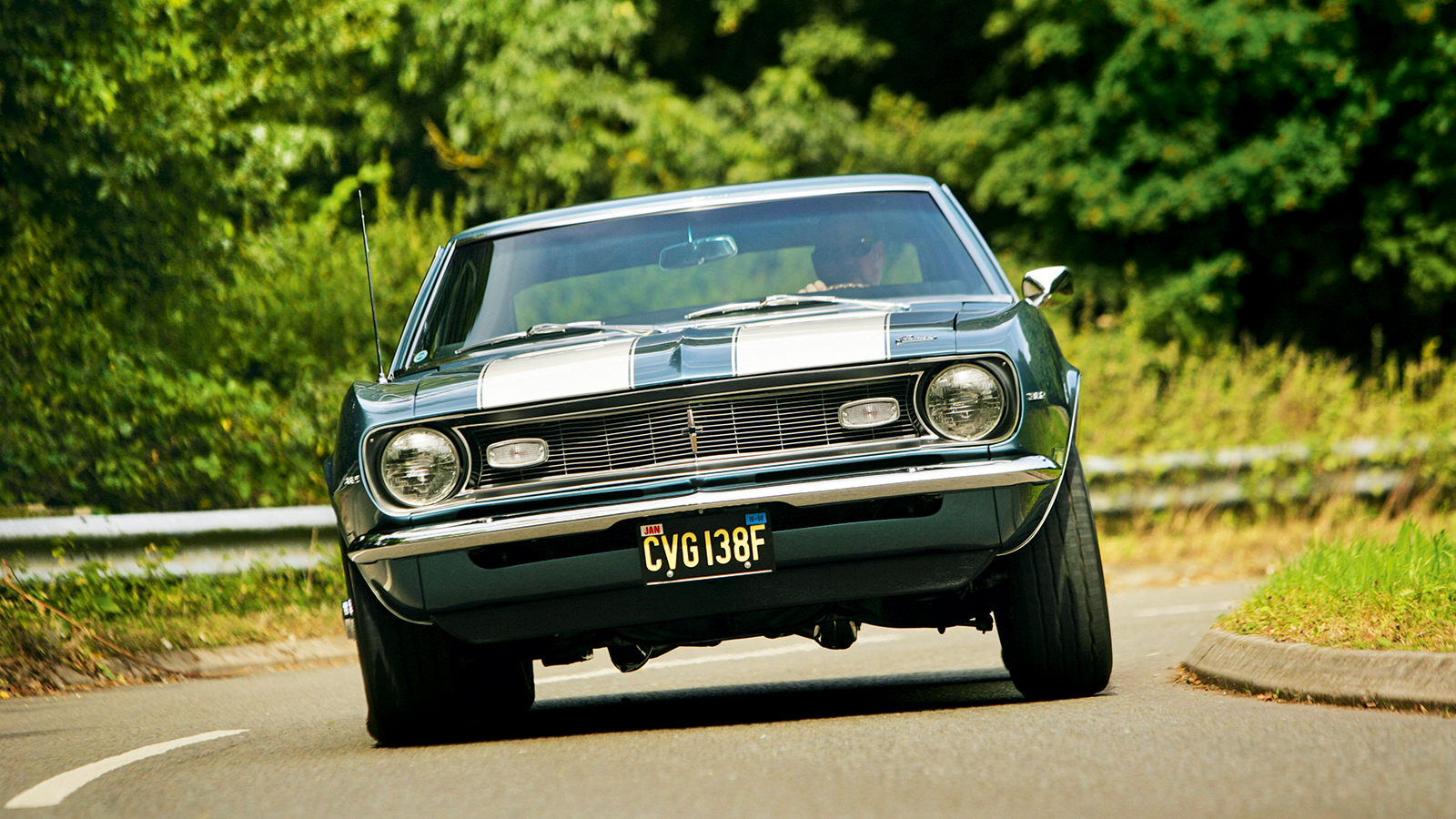 © Tony Baker / Classic & Sports Car
© Tony Baker / Classic & Sports Car -
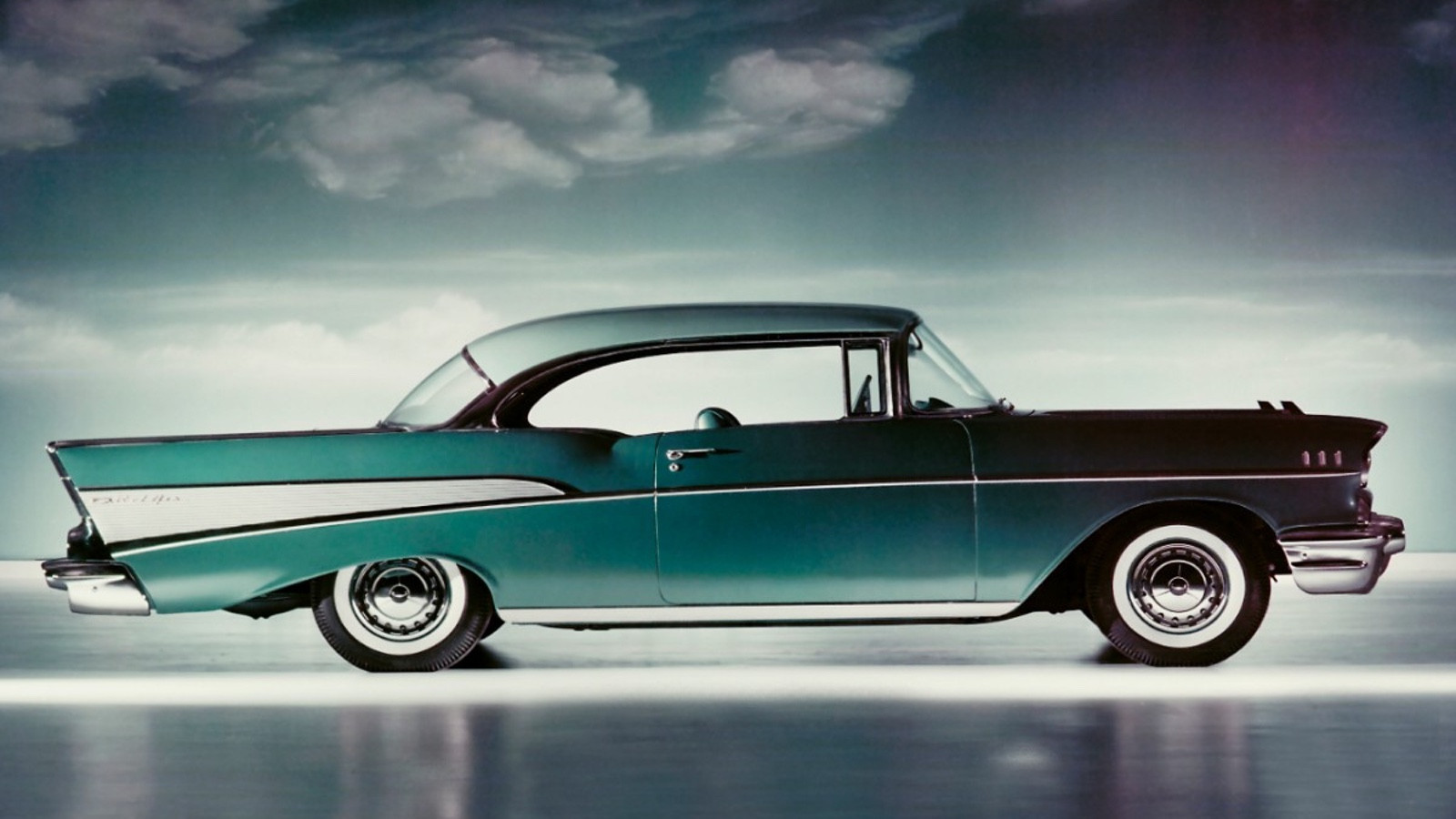 © Chevrolet
© Chevrolet -
 © Chevrolet
© Chevrolet -
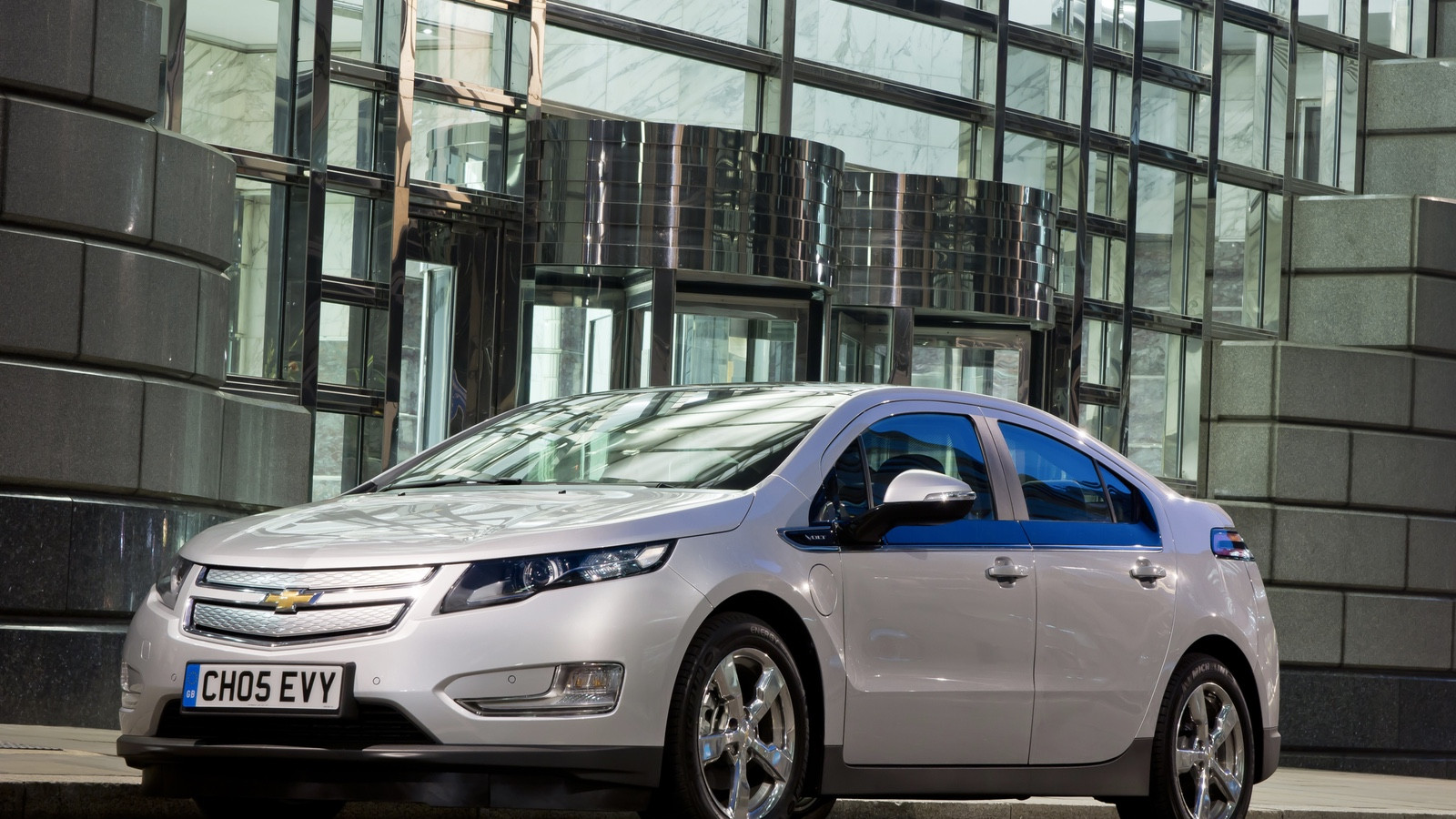 © Newspress
© Newspress -
 © Newspress
© Newspress -
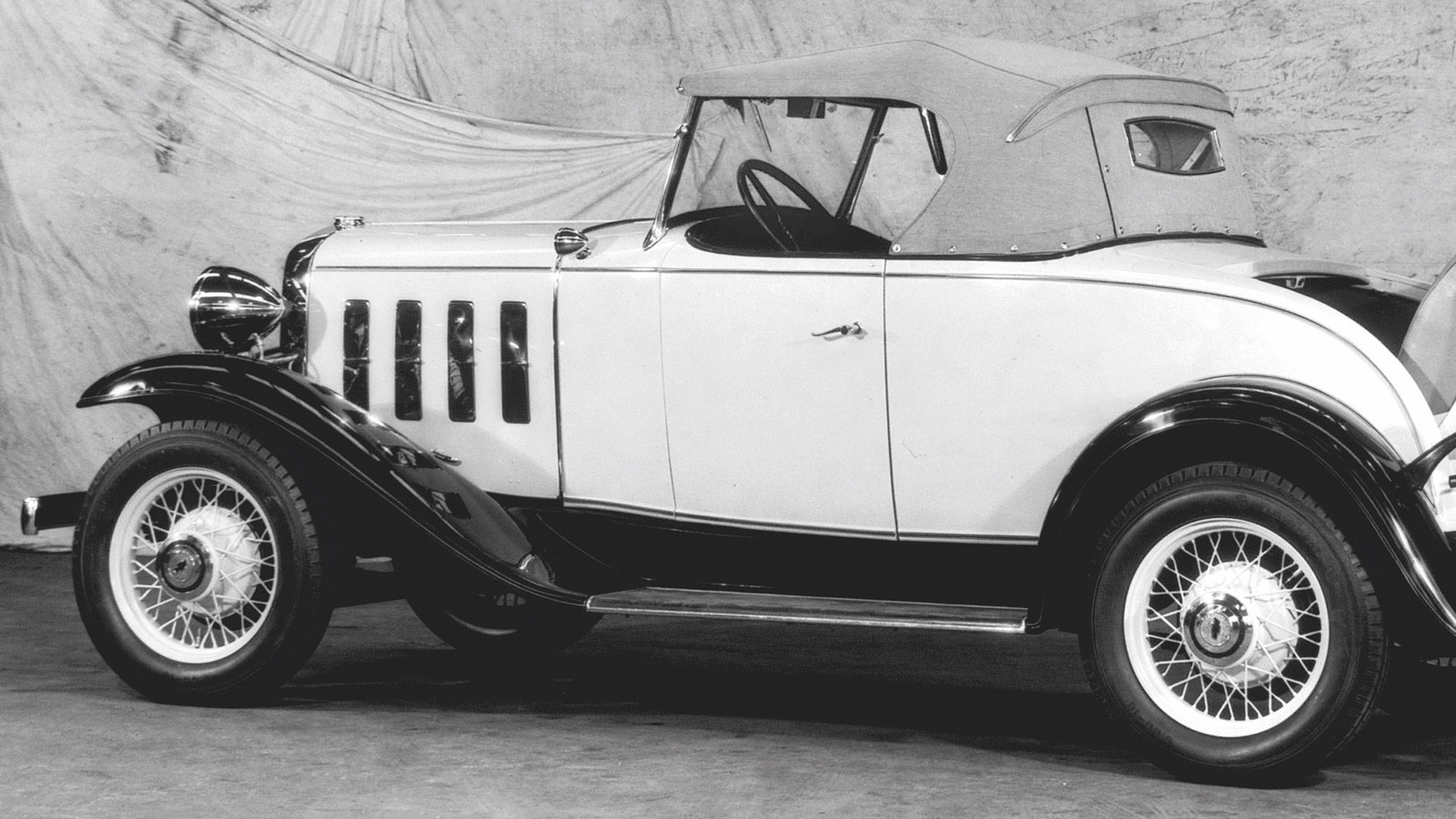 © Chevrolet
© Chevrolet -
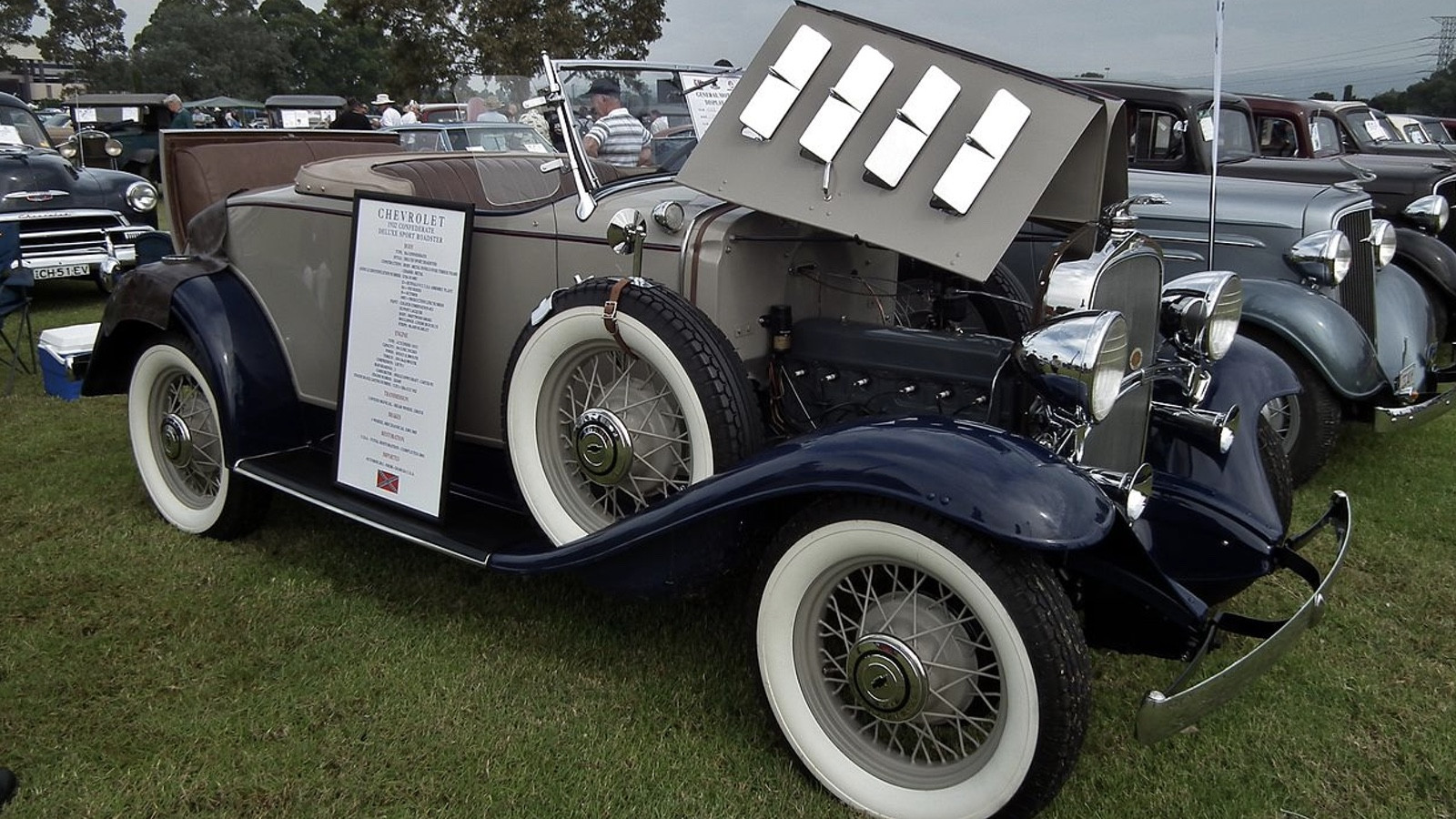 © sv1ambo
© sv1ambo -
 © LAT Photographic
© LAT Photographic -
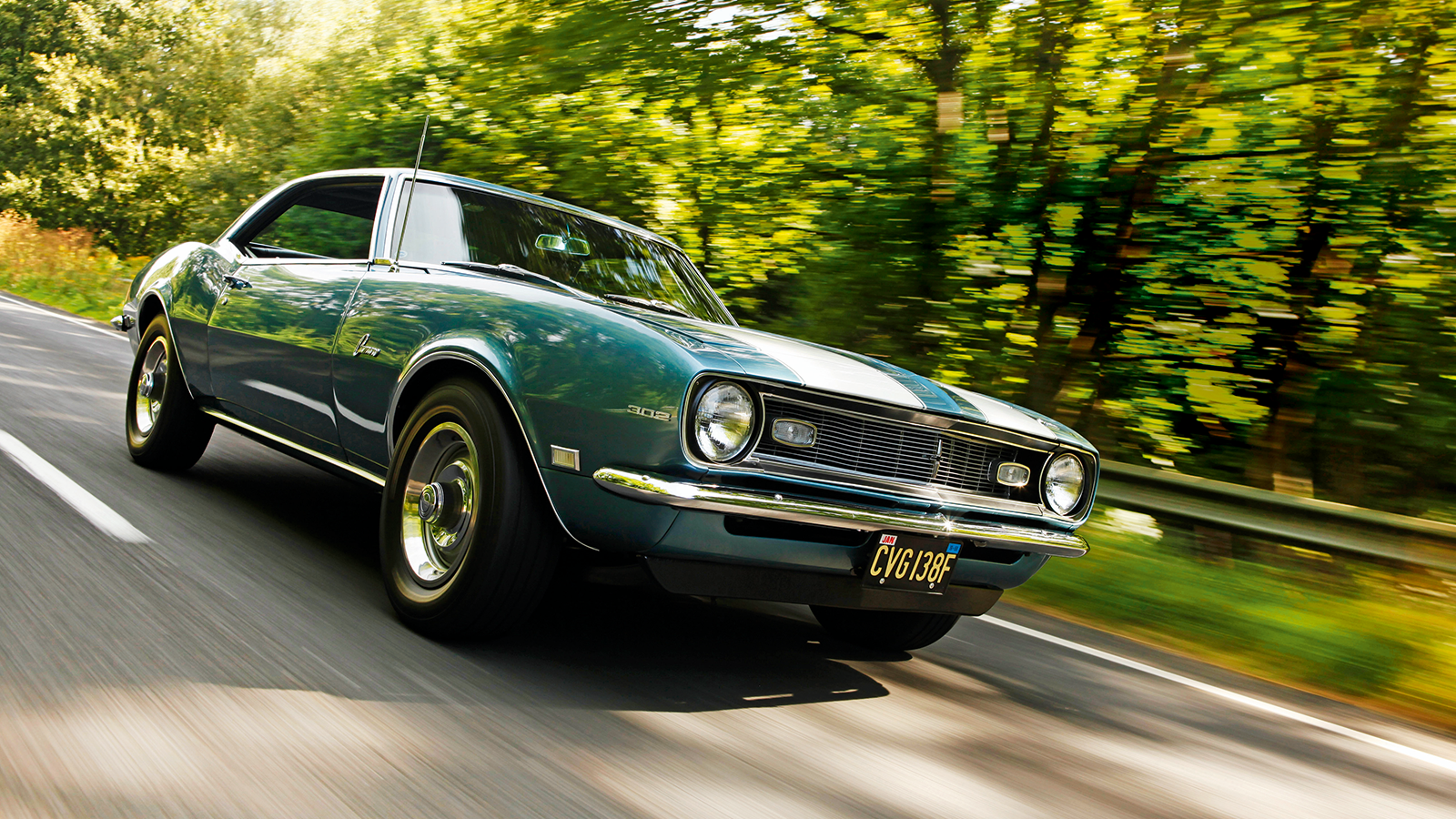 © Tony Baker / Classic & Sports Car
© Tony Baker / Classic & Sports Car -
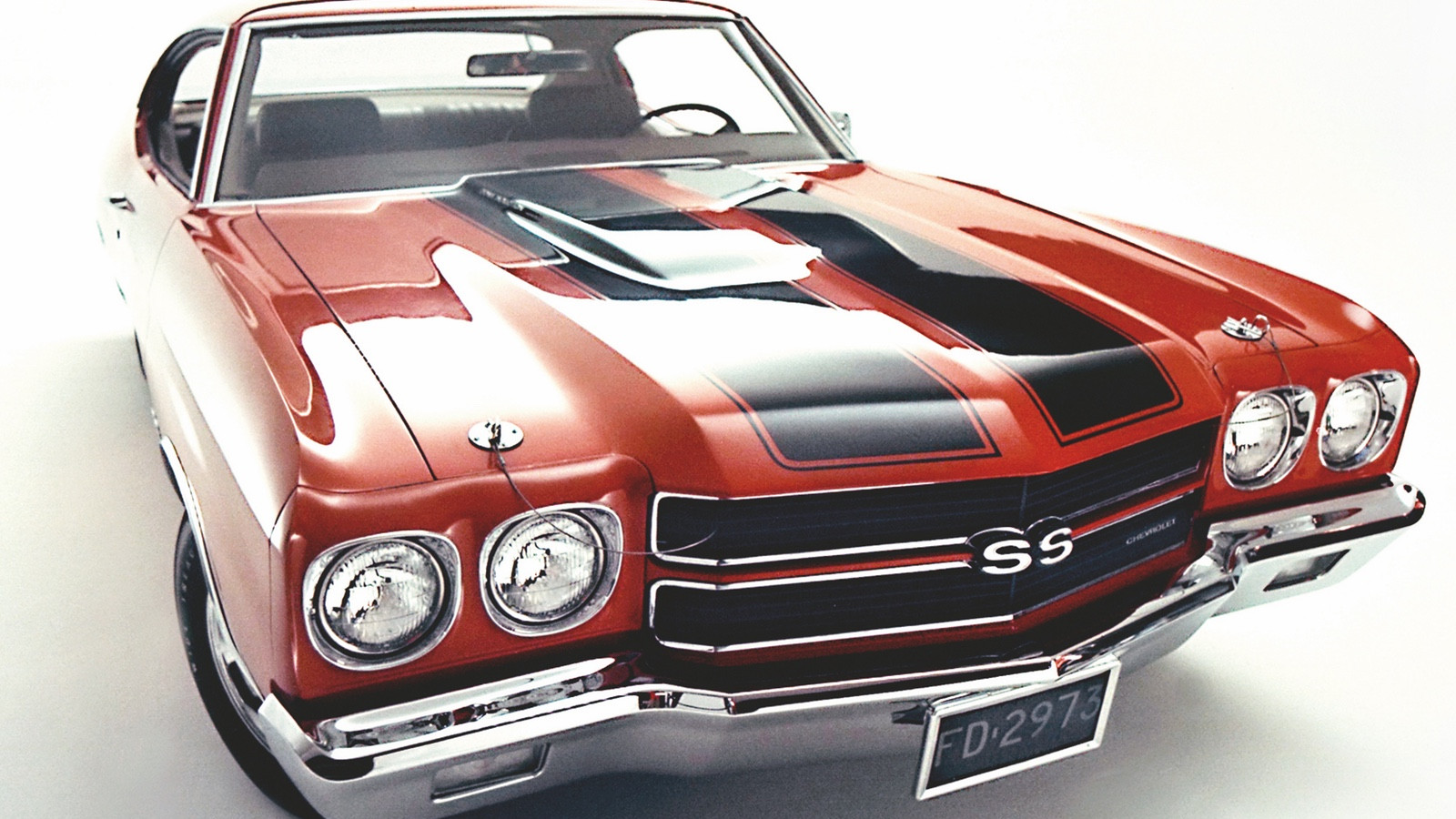 © Chevrolet
© Chevrolet -
 © Chevrolet
© Chevrolet -
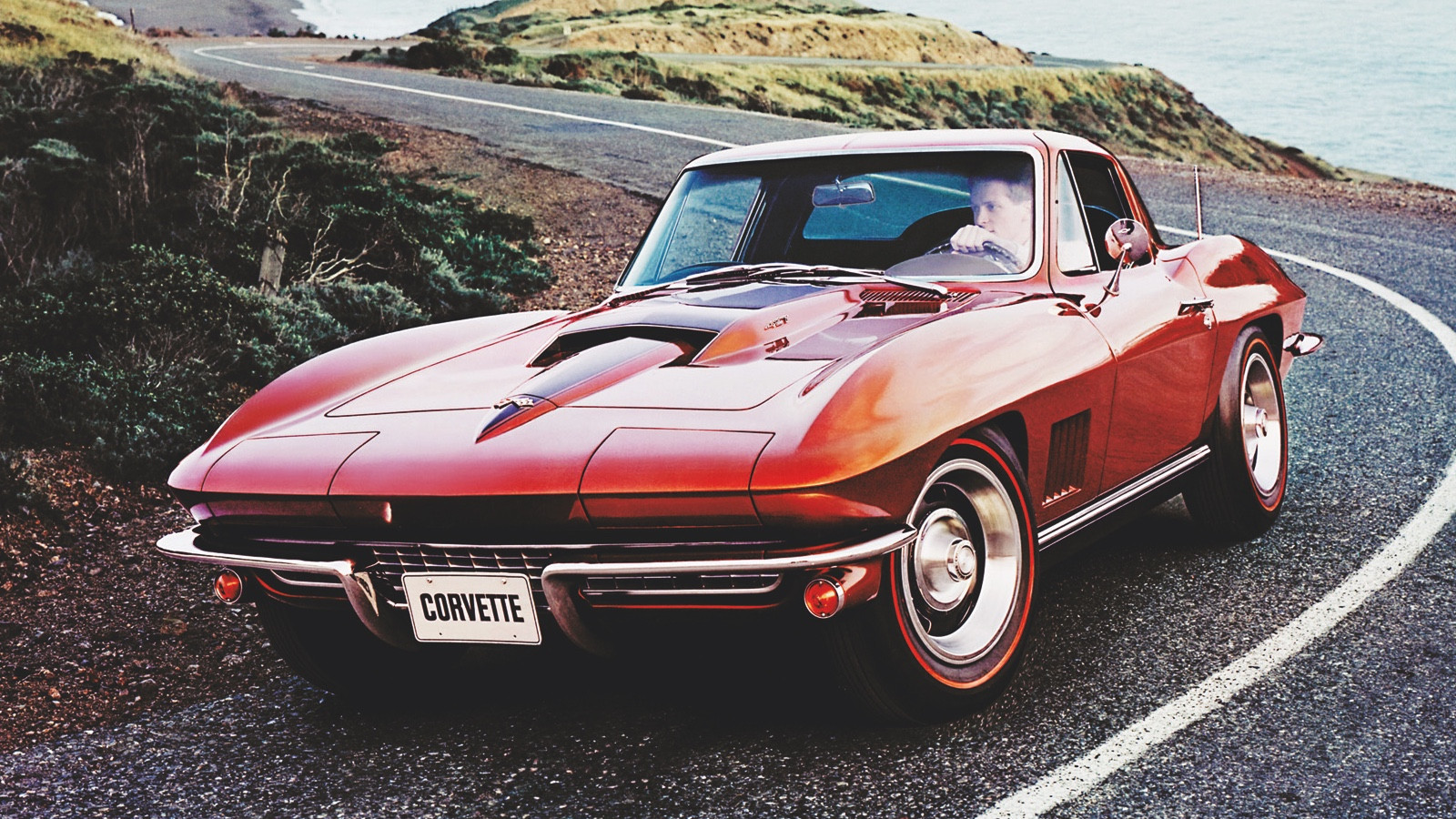 © Classic & Sports Car
© Classic & Sports Car -
 © Chevrolet
© Chevrolet -
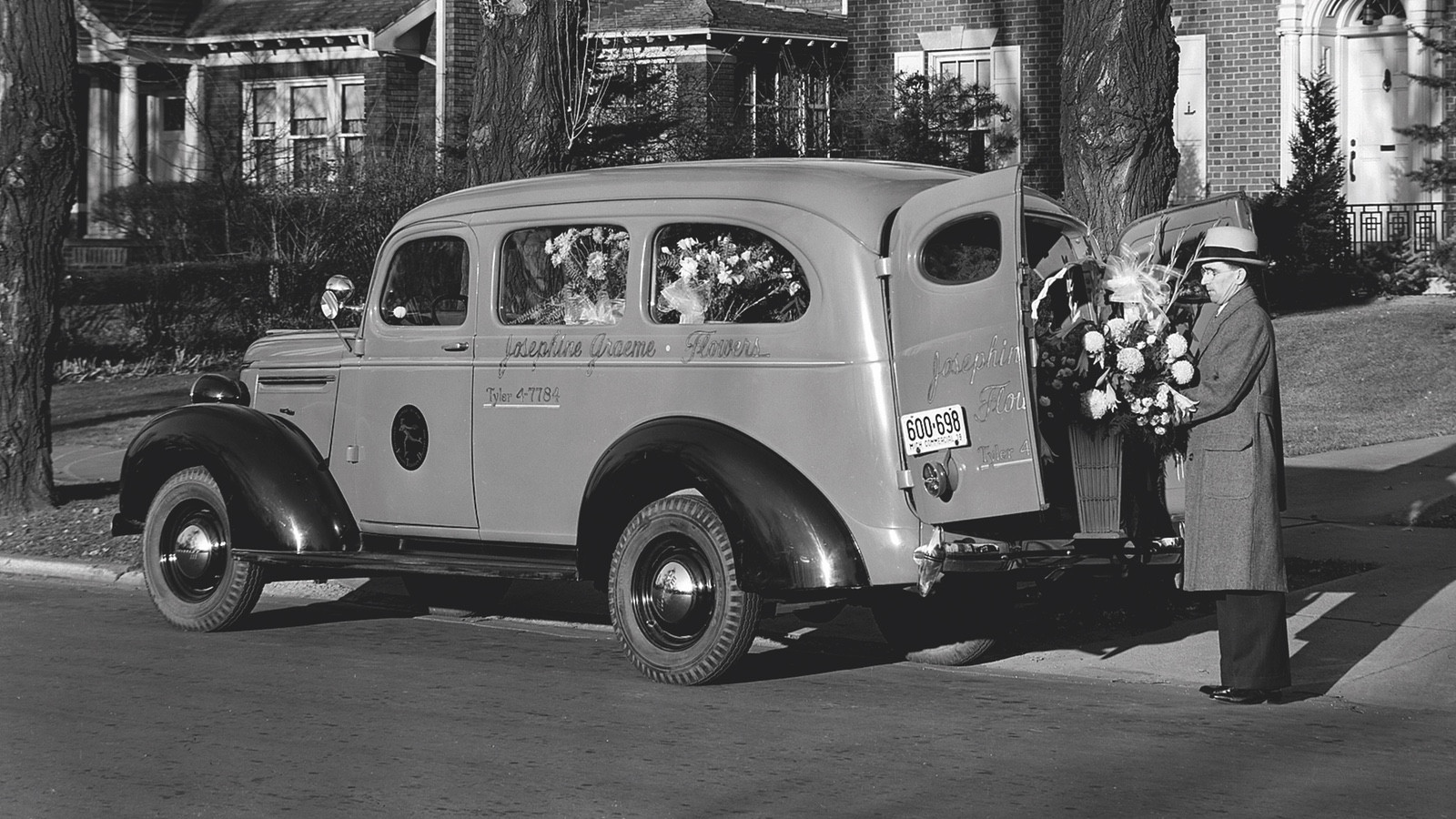 © Chevrolet
© Chevrolet -
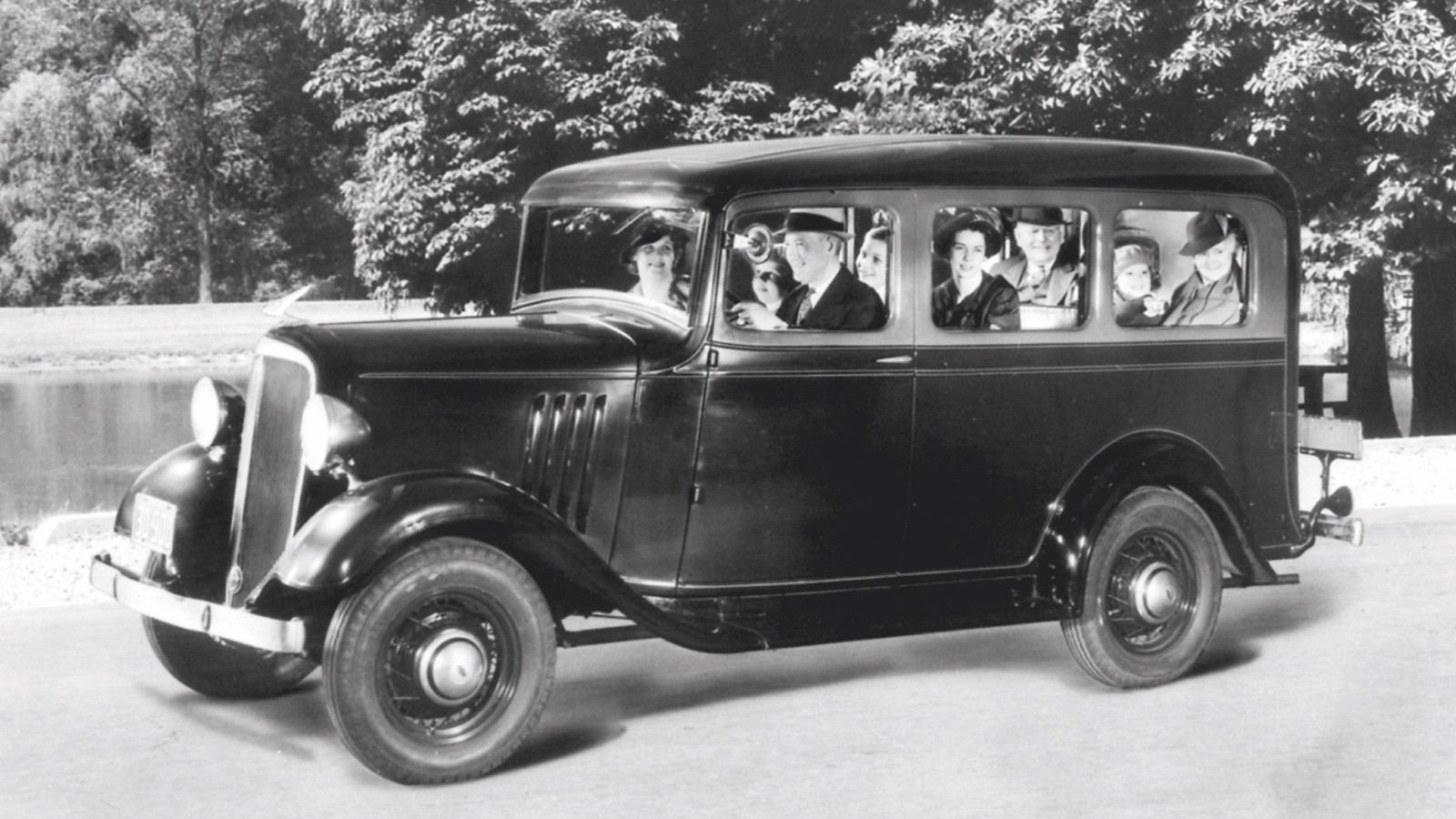 © Chevrolet
© Chevrolet -
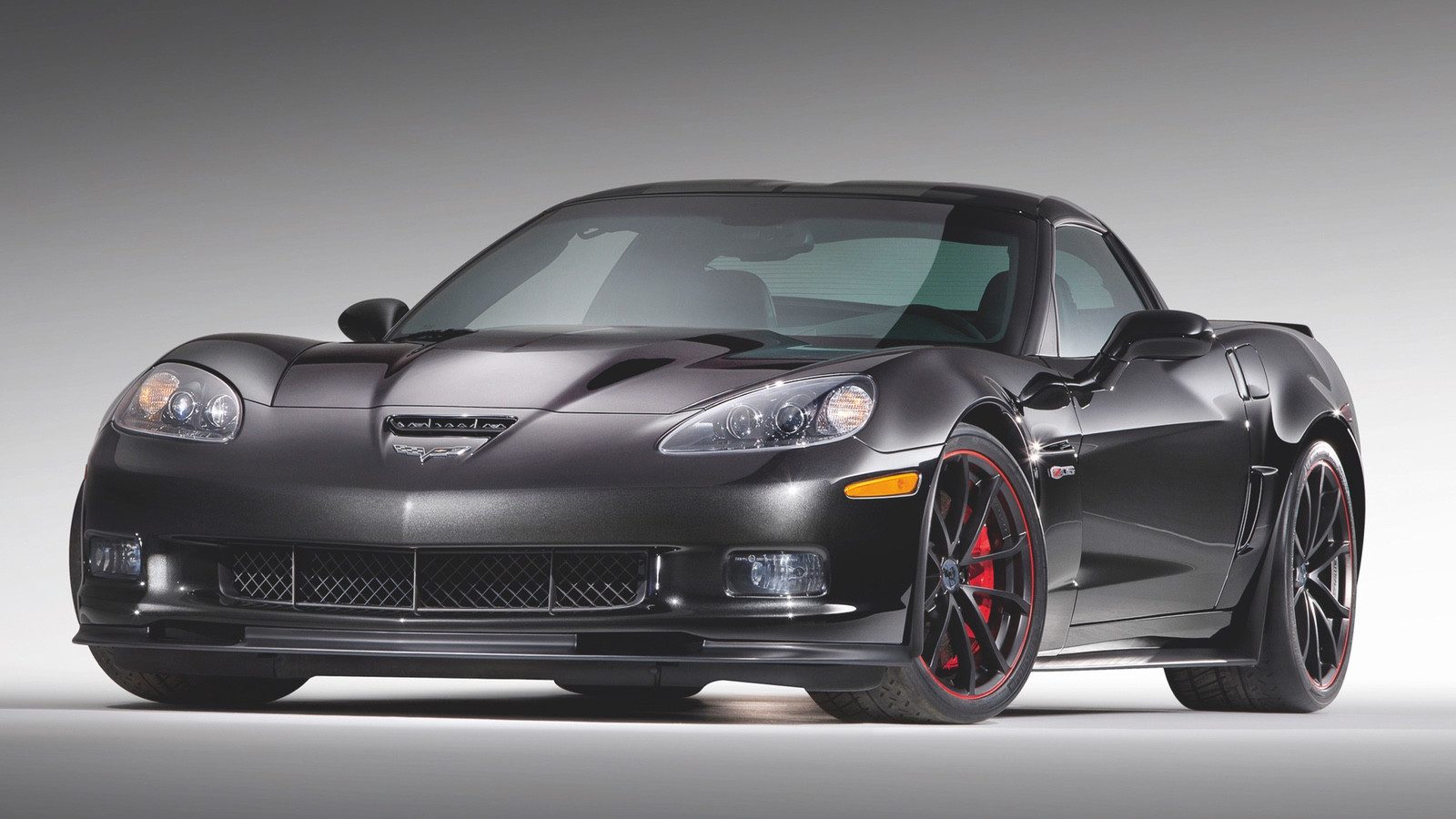 © Chevrolet
© Chevrolet -
 © Chevrolet
© Chevrolet -
 © Chevrolet
© Chevrolet -
 © Jack Snell (Creative Commons)
© Jack Snell (Creative Commons) -
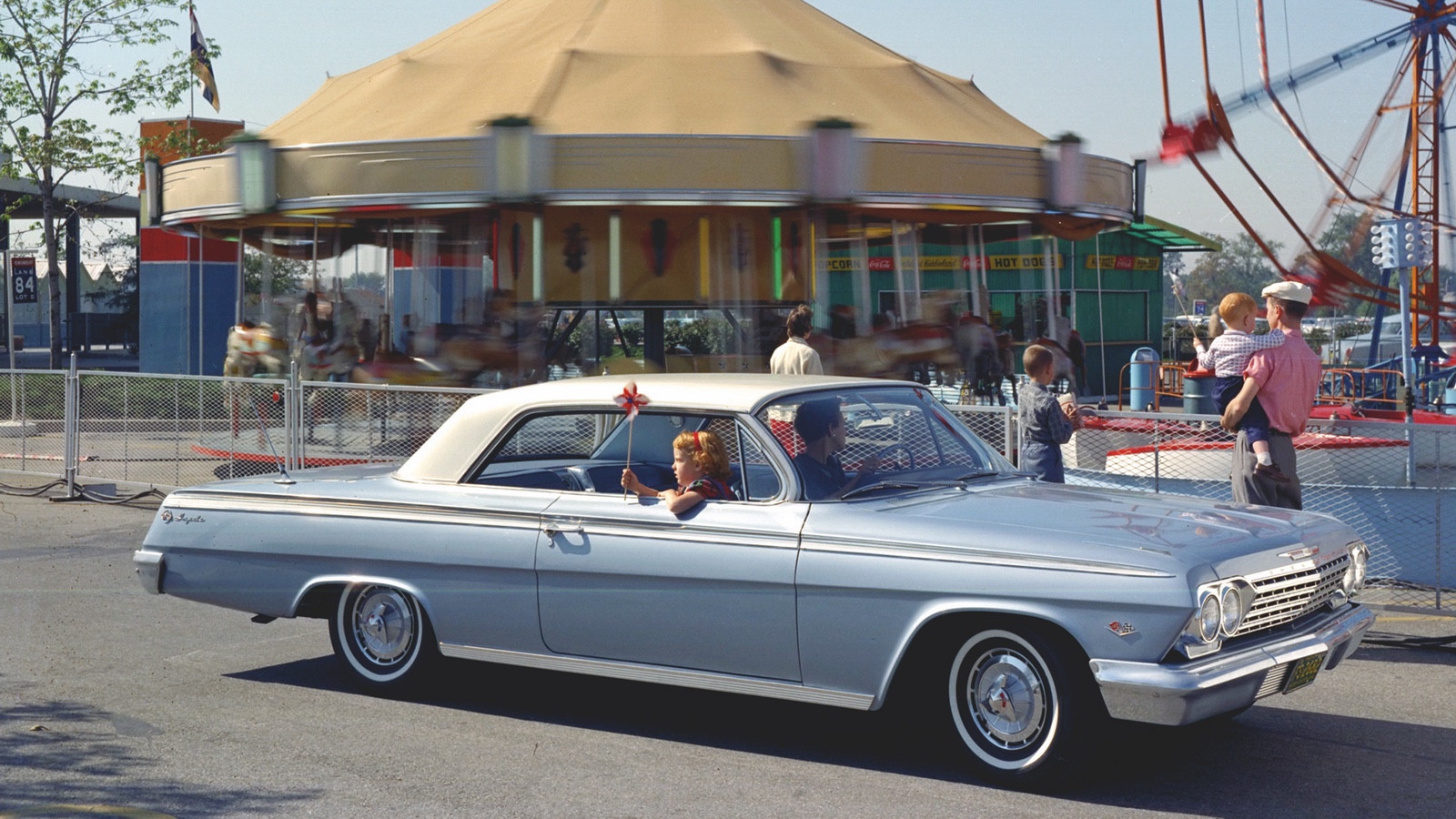 © Chevrolet
© Chevrolet -
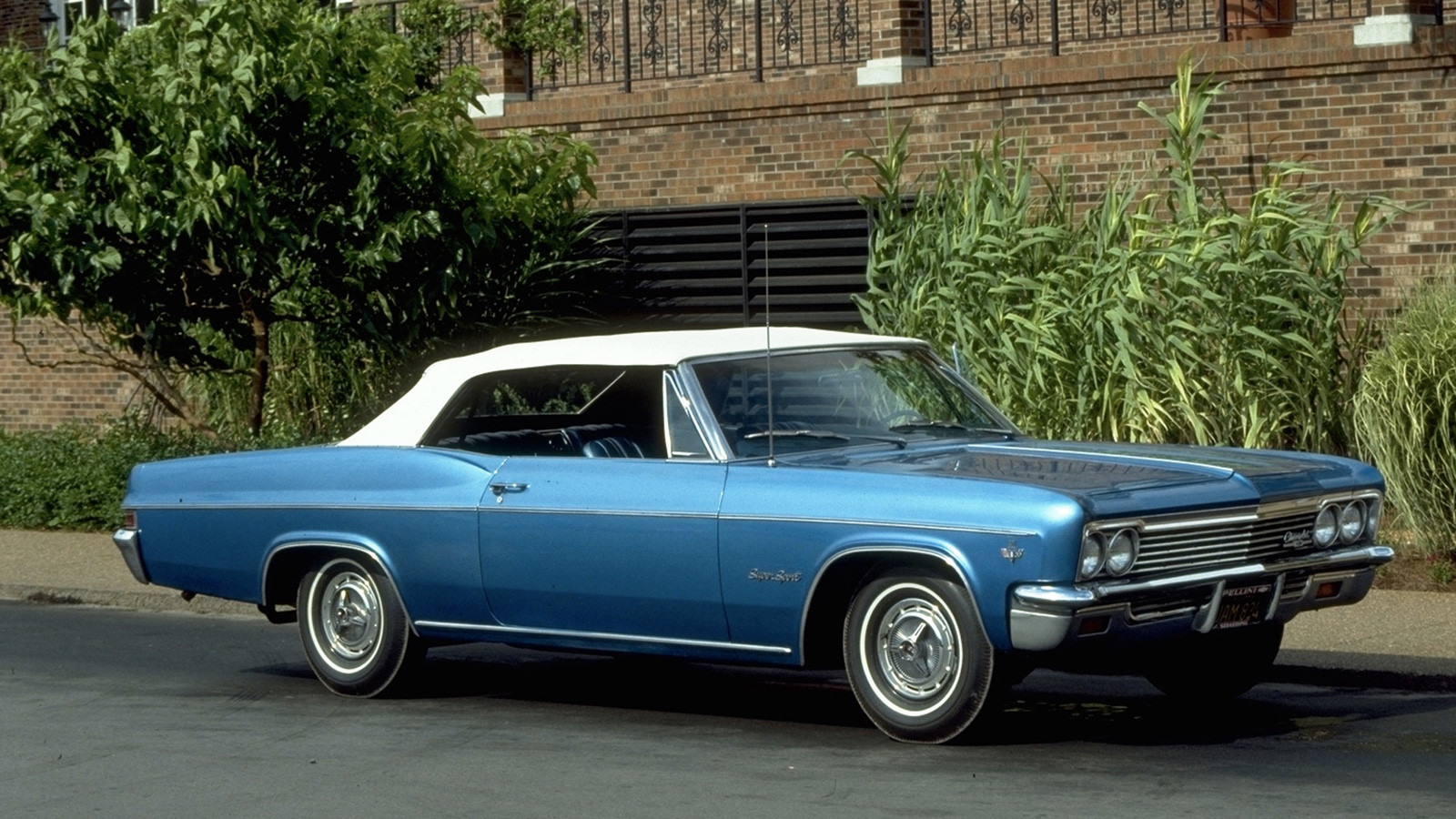 © Chevrolet
© Chevrolet
-
From V8s to EVs, these are history’s greatest Chevys
Chevrolet once promoted itself as ‘The Heartbeat of America’ – and, despite GM’s bankruptcy saga, some questionable badge engineering and dilution of the brand overseas, it remains a US icon.
For every vanilla Cruze, Captiva and Aveo of today, Chevy’s history books can offer up a Corvette, a Camaro and a ’57 Bel Air – machines that unfailingly fire up car lovers.
Sure, the ‘bow tie’ brand’s products have over the years ranged from sports cars to pick-ups to SUVs, and the profitability of these beasts tempted Chevy to pay little attention to an often dismal car range – but not every one of this Yankee marque’s offerings tanked.
So here’s our list of the top ten Chevrolet cars of all time.
-
10. 1957 Chevrolet
First up is the quintessential 1950s American car, forever associated with diners, drive-ins and jukeboxes.
It was the staple Chevrolet, offered with drop-top, two- and four-door bodies – with the pillarless hard-tops and failed two-door Nomad wagon adding lustre to a style that was just so.
-
10. 1957 Chevrolet (cont.)
The ’57 mixed perfect proportions with exactly the right quantity of subtly sculpted chrome to drive itself into the history books – yet it nearly didn’t happen at all.
GM’s original plan to produce all-new ’57s was scrapped in favour of this second reworking of the ’55 Chevy that also launched the legendary small-block V8, with outputs ranging from 140 to 283bhp.
-
9. 2010 Volt
Chevrolet has rarely innovated – and the results have occasionally been catastrophic when it has, as demonstrated by the ‘Unsafe at Any Speed’ rear-engined Corvair.
Happily, while the ingenious extended-range electric vehicle that was the Volt (or the Vauxhall Ampera in the UK) lost GM money, it proved that Chevvy could do advanced engineering – and won a slew of awards to prove it.
-
9. 2010 Volt (cont.)
GM’s aim was to establish an engineering lead before turning a profit with subsequent generations (the second-gen Volt launched last year).
That made the first-gen Volt something of a technological bargain (albeit a pricey one in real terms): its 35-mile battery-only range was substantially boosted by a 1.4-litre four-cylinder petrol engine that maintained the charge.
With further assistance from a regenerative-braking system, the Volt could thus travel for another 340 miles, massively improving its practicality.
-
8. 1932 Deluxe Sport Roadster
This pretty little two-seater kept Chevrolet secure in the number-one slot during the Great Depression.
GM promoted it with the line ‘The Great American Value’ – and, at $445, it was very good value indeed. Resembling the Cadillacs of the day, in Sport form a fold-down windscreen lent it real dash – as, in another way, did ‘The Cast Iron Wonder’ under the hood.
-
8. 1932 Deluxe Sport Roadster (cont.)
In fact, the Deluxe Sport Roadster offered real bang for buck, what with its chrome-plated bonnet vents that cooled the six-cylinder overhead-valve engine, a pair of spare wheels ostentatiously mounted in its front wings – or one hung out the back – the rear rumble-seat and a synchromesh gearbox.
All of which probably explains why it was America’s best-selling car of 1932.
-
7. 1968 Camaro Z/28
Chevy’s answer to the Mustang stampede was the ’67 Camaro, whose supremely handsome looks and smorgasbord of option packs tempted herds of buyers from Ford.
Like the Mustang, this ‘pony car’ was cheap, but got a lot pricier if you ticked boxes marked ‘Style Trim Group’, ‘Rally Sport’ and ‘Super Sport’ – or turned ‘six’ into a V8.
-
7. 1968 Camaro Z/28 (cont.)
The ’68 version had a new option group: mysteriously labelled Z/28, it was a performance bargain.
Offered only on the Sport Coupe, its 302cu in (4.9-litre) V8 developed more than 290bhp, while F41 sports suspension, front disc brakes, wider wheels and sharper steering stiffened the car’s sinews. All of this for an extra $400.25. Bargain.
-
6. 1970 Chevelle SS
The cooking model was a regular car for Mom and Pop, but when it had an almighty V8 stuffed under its hood in SS guise, a Chevelle could smoke its way to 100mph in 13 secs – just the job for a quick run to the mall and back.
No production family car had ever been offered with such a monstrous power output, or come fitted with a transmission uncompromisingly known as the ‘rock crusher’.
-
6. 1970 Chevelle SS (cont.)
The 454cu in – that’s 7.4 litres to you and me – standard big-block wrangled 360 horses, while the higher compression and solid lifters of the LS6 version could muster 450.
The latter unit made the SS one of the fastest muscle cars ever built: it could run the standing quarter-mile in the low-13s bracket and reach 60mph in 6.1 secs.
-
5. 1963 Corvette Stingray
This exquisite mix of delicate proportion and brutal detailing was the work of design supremo Bill Mitchell, his colleague Larry Shinoda and engineer Zora Arkus-Duntov.
Inspired by Mitchell’s Sting Ray racer of 1959-’60, it became a real sports car in its second iteration, which also launched what many consider to be the ultimate Corvette: the famed split-window coupe.
-
5. 1963 Corvette Stingray (cont.)
Smaller, lighter and stronger, the ’Vette stayed with glassfibre bodywork but now came with independent rear suspension, flaunting that trademark transverse leaf spring.
Its V8 power ranged from 250 to the 360bhp of the 327cu in (5.4-litre) fuel-injected Ramjet, which could squeal to 60mph in 5.9 secs. Stopping was less of a priority, mind: disc brakes weren’t offered until ’65.
-
4. 1935 Suburban
It wasn’t very glamorous, but the idea was shrewd enough to make Suburban the longest-running name-plate in motoring history.
In 1935, when Chevrolet launched the Carryall Suburban, rail was the most popular form of long-distance travel, leaving people with the problem of getting themselves and their parcels to and from stations. The eight-seat Suburban, in contrast, took them directly from door to door.
-
4. 1935 Suburban (cont.)
A truck-based station wagon, it originally came with two doors and three rows of seats, but over the decades it evolved into a vast five-door wagon that occasionally resembled a miniature bus.
Spacious, tough and a great towing vehicle, this is a machine that’s moved much of America.
-
3. 2009 Corvette ZR1
With a top speed of 205mph and a stunning 3.4 secs 0-60mph time, the ZR1 was the fastest-ever GM production car when it launched in December 2009.
Resurrecting the old ’Vette development moniker, speculation surrounding the mysterious ‘Blue Devil’ had been rife – and the latest high-performance Chevvy didn’t disappoint.
-
3. 2009 Corvette ZR1 (cont.)
Its 6.2-litre supercharged V8 pumped 638bhp and 604lb ft of torque through driveshafts of unequal diameter – an intentional asymmetry introduced after Chevy accidentally discovered that it killed axle tramp.
Nor was it just built around power: a light aluminium inner monocoque, Brembo ceramic brakes and dry sump were among the technical highlights of this instantly collectable car.
-
2. 1914 Series H ‘Royal Mail’ Roadster
You wouldn’t dream of naming a car after the postal service these days, but ‘Royal Mail’ must have added a desirable aura to this roadster version of the Series H.
The first Chevrolet to wear the brand’s now-famous ‘bow tie’ badge, its 171cu in (2.8-litre) ‘four’ produced 24bhp, fed via a grabby cone clutch to wooden wheels.
-
2. 1914 Series H 'Royal Mail' Roadster (cont.)
The H could be specced with tracks of either 56 or 60in, the latter dimension known as the ‘Southern tread’ because it was the same width as the rail wagon gauge.
The standard $750 Royal Mail roadster came with a magneto and starting handle. For $125 more, you were provided with the luxury of electric starting and lighting.
-
1. 1962 Impala SS
The ceaseless quest for drag-strip glory prompted mid-century US makers to install ever bigger engines in ever lighter bodies – and so it was with the Chevy Impala: the mainstream model was available with a 409cu in (6.7-litre) V8 from ’61.
Few sold that year, but the ’62 SS (Super Sports) seriously took off, the legend given momentum by a 409bhp version – the 409.
-
1. 1962 Impala SS (cont.)
Heavy-duty shock absorbers, meatier springs and sintered brake linings gave drivers some chance of keeping the 3700lb hulk under control, while the fitting of quicker power-assisted steering was no accident either – and it probably prevented some, too.
A true icon, the Impala SS set the Chevy performance standard for decades to come.
